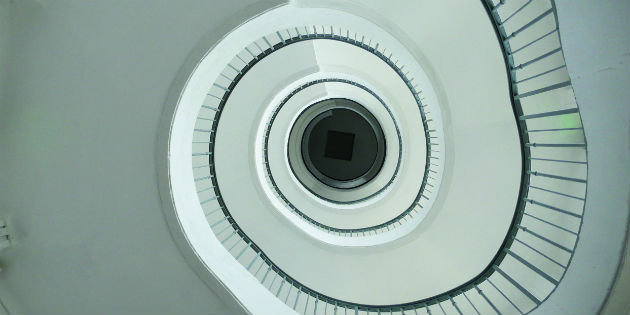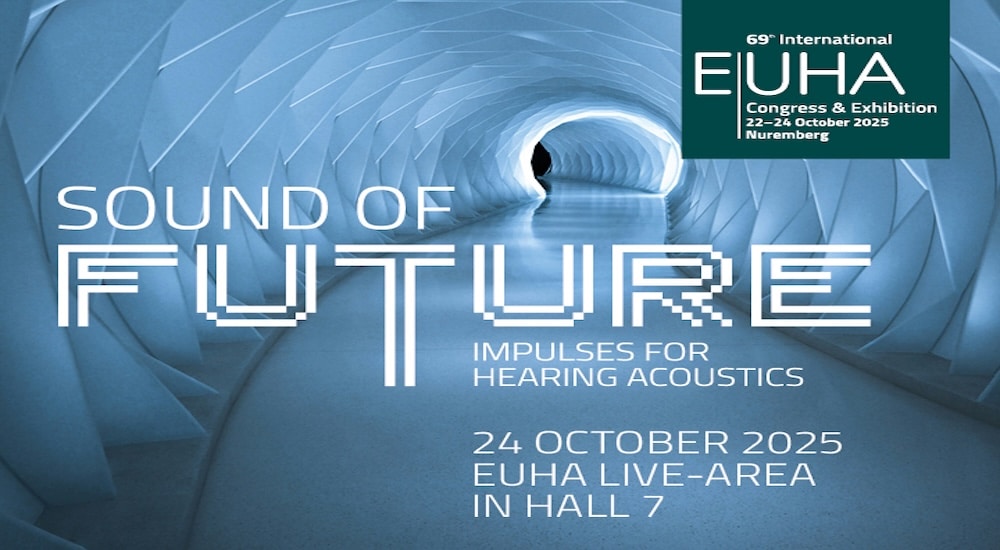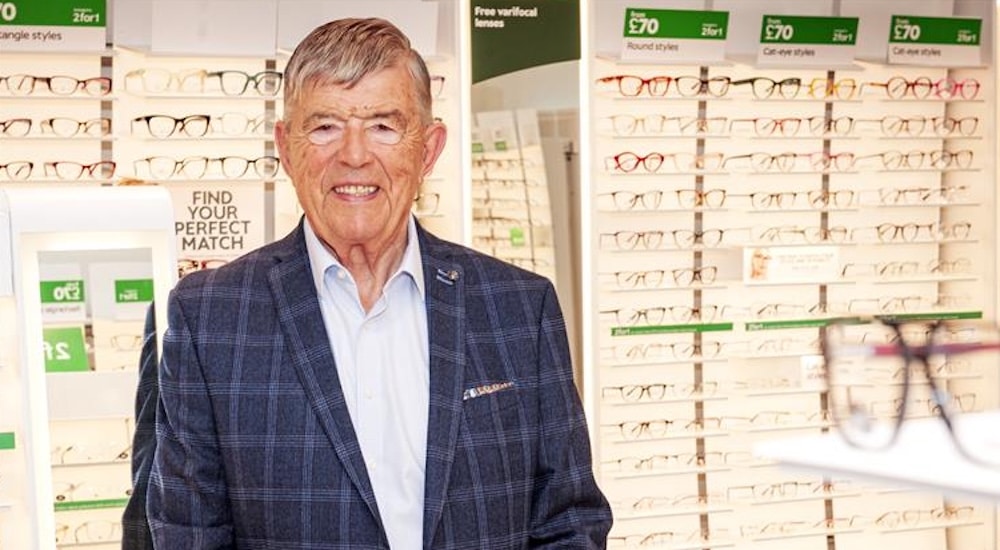Vestibular syndromes are a major health problem
INTERVIEW
“Our current knowledge allows for differential diagnosesto establish, with full certainty and without usingsophisticated technology, whether peripheral or centralcauses lie behind cases of acute vertigo,” points outSergio Carmona, an Argentinian specialist invited to byAMCAOF to its congress in Nayarit.

Sergio Carmona is probably one of the most influential otoneurologyexperts in Argentina, thanks to his contributions to thestudy and treatment of vertigo and balance disorders. We took theopportunity of talking to him prior to his participation as a speaker atthe coming congress of the Mexican Association of Communication,Audiology, Otoneurology and Phoniatrics (AMCAOF), which will beheld in Nayarit, and where this doctor’s presentation will cover acutevestibular syndromes, specifically those related to central vestibularsyndromes, their treatment, and their evaluation in A&E services.To begin with, Dr. Carmona explains that “in line with the new definitionput forward by the Bárány Society, acute vestibular syndrome (AVS)consists of an acute vertigo profile, along with signs and symptomsthat suggest that the vestibular has been compromised. Patientscan present with involuntary and uncontrollable eye movement,known as nystagmus, and difficulty in coordinating movements, known as ataxia; they can also present nausea and vomiting. Allof these symptoms can last hours or days.”
Continuing on the specific question of central vestibular syndrome(CVS), he explains: “in the context of acute vestibular syndrome, thelesion affects the vestibular structures of the cerebellar vermis orthe lateral surface of the brainstem, in general produced by a CVA(cerebrovascular accident).In terms of the symptoms,this type of disorder cannotbe distinguished fromthe more frequent, benignform caused by a virusand known as vestibularneuritis.”

For professionals, “the differenceis crucial, not justbecause of the obviousreason that it is not the same to suffer a CVA as a viral illness, butalso because a CVA of the posterior fossa produces, in one-thirdof cases, malignant edema with high mortality.”
According to different epidemiological data, between 70 and80 percent of acute vestibular syndromes are due to vestibularneuritis, and one quarter to central causes, this expert underlines.
With the definitions clarified, this is what Dr. Sergio Carmona (S.C.) had to say to Audiology Worldnews:
AWN. How are these syndromes approached in differentgroups of patients, such as diverse age groups and otherspecificities?
S.C. Special care must be taken when acutevestibular syndromes present in patients over 50-years-old or in those with vascular risk factors, i.e. high blood pressure, smoking,obesity, dyslipidemia, and diabetes. Not in any case should thislead to a false sense of security since in several recent researchstudies (e.g. in Carmona et al.,Frontiers in Neurology, publishedin August 2016), it has been shown that age difference betweenCVA and neuritis groups is only five years, among other reasonsbecause artery dissection occurs in young adults.
AWN. What happens in the case of misdiagnoses, ifthey do occur?
S.C. Epidemiological studies in the USA (Newman-Toker et al)show that diagnostic error in patients with vertigo and CVA is fivetimes more prevalent than in other forms of CVA which produce,for example, paralysis or speech difficulties.This means there is higher morbidity, in other words there are moreconsequences in the CVA with vertigo group, as well as highermortality, which constitutes a major health problem.
AWN. How can this be effectively tackled?
S.C. Since 2009, two US neurologists, Doctors Newman-Toker (JohnsHopkins, Baltimore) and Jorge Kattah (Peoria, Illinois) have publishedclinical protocols that, based on three simple, ocular clinical signs,show high sensitivity and accuracy in separating central-cause AVScases from peripheral-cause cases. This protocol is known by theacronym “HINTS”.
In fact, this protocol calls for specific clinical training not alwaysundergone by physicians on call, and this is why our group developeda protocol based on observing patients’ progress, one whichobtains the same degree of sensitivity, although with less accuracythan HINTS. It is a protocol that can be carried out by paramedicstaff, more common in some services.
AWN. What happens in CVS cases in A&E services at state hospitals?Is there any difference in the handling compared to private centres?
S.C. In my opinion, it is more probable that diagnosis will be carriedout in a teaching hospital; in fact, our work was carried outat the Cullen University Hospital in the city of Santa Fe. One of theproblems in private centres is that they carry out computerised axialtomography scans (CAT) in emergency services with equipmentof low or zero sensitivity, which leads to a false sense of security.
AWN. How does Argentina compare with other countries in theregion with regard to these syndromes?
S.C. Although Argentina has a well-developed neurotology profession,we are a long way from solving this health problem, so it is necessaryto create awareness and educate non-specialists. Training medicalstaff is key to progress in studying these types of pathologies, whileour current knowledge allows for differential diagnoses to establish,with full certainty and without using sophisticated technology, whetherperipheral or central causes lie behind cases of acute vertigo, so itis a question of awareness and medical training.
“Experience cannot be ad-libbed”
The credentials of Dr. Sergio Carmona provide full accreditation forhis participation not just in the AMCAOF congress but in others ofsimilar international status.
Carmona is a lecturer and doctor, a specialist in otoneurology,a branch of medicine that involves both otorhinolaryngologistsand neurologists, and his special focus is the study and treatmentof vertigo and balance disorders. He is the author of the mostimportant work in Spanish on acute vestibular disorders, entitled Neuro-otología, published by Akadia, Buenos Aires, in 2010. Duringhis career, he has built up a working group comprising doctors andtechnical staff with vast experience in handling the difficultiesof vertigo, along with whom he has published more than 100international papers, all on his specialty.
This outstanding professional is an honorary member of theBárány Society; he also works as a lecturer in neurophysiology atRosario National University in Santa Fe province. In addition, heis a member of the Ineba medical body, one of the main specialistcentres in neurology in Argentina, located in Buenos Aires.
Read the article in Spanish on Audio Infos Latin America #55:


